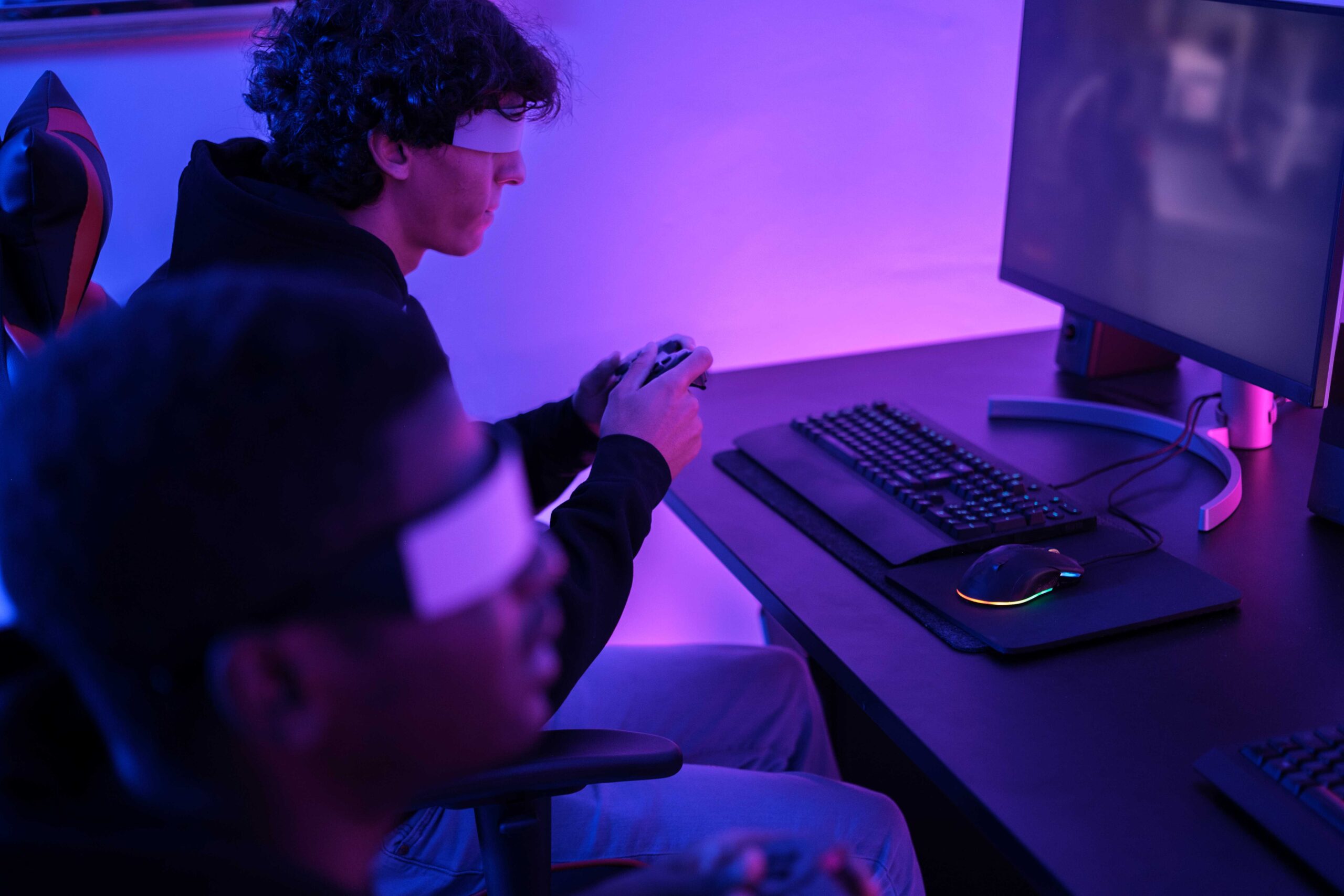Learners grew restless, eyes darting, attention split. Not because content failed them—but because the format did. It was a game that week. Colorful, loud, full of feedback. And for a while, that worked.
But then the rhythm broke.
This is where the question of games vs. simulations gets messy. They’re both experiential learning tools. Both offer interactivity. And both, if used wrong, can backfire.
In many training rooms, there’s an urge to pick a side. Either you gamify everything to keep people engaged, or you simulate reality to keep it “serious.” But real learning doesn’t care about camps. It cares about what sticks. And here’s the catch: that depends not just on what the tool is, but when it’s used and how it’s framed.
The conversation on training tools comparison isn’t new, but lately it feels urgent. Between budget cuts and performance pressure, the question is no longer “Which is better?” but “What works, and when does it stop working?”
From Cold War Classrooms to Virtual Replicas
The tension between games and simulations as training tools has roots stretching back decades. In the 1950s, military exercises began borrowing from game theory, shaping the way pilots and generals prepared for complex choices. Simulations evolved alongside—first analog, then digital, eventually creeping into every sector from medicine to customer service.
What changed wasn’t just technology, but trust. Trainers began to see the value of interactivity vs. realism not as a binary, but as a scale. Games offered fast-paced testing grounds for intuition. Simulations created safer spaces for complex trial-and-error.
Then came the platforms. LMS systems. Browser-based modules. AI-enhanced feedback loops. Suddenly, the question of simulation design criteria wasn’t about “realism” alone, but cost, compatibility, and cognitive load. If a game could mimic the results of a full-scale simulation at half the price, did that make it better?
True in theory. Less so in practice. The missing piece, often, was sequencing.
Why the Right Tool at the Wrong Time Fails
A game is powerful—until it’s not. Same for a simulation. The trick isn’t choosing one, but understanding what each invites. Games encourage fast thinking, pattern recognition, and feedback-driven motivation. Simulations demand patience, scenario exploration, and decision-making under pressure.
Put a complex simulation in front of someone on day one, and they may flounder. Drop a gamified quiz into a senior leadership module? It might feel condescending.
So the real skill lies in layering. Start light. Let instinct drive the early learning phase. Then, as learners settle into the rhythm, introduce friction. Let them feel the weight of choices. Let stakes emerge.
That sounded solid — until we tested it. Turns out, the sequencing has to be more than intuitive. It has to align with real behavior data, fatigue thresholds, and even time of day.
One use case in education involved combining a game in week one (to boost confidence and speed) with a full simulation in week three. Measured outcomes showed sharper knowledge retention and slower, more deliberate decision-making. But only when the game didn’t overpromise.
So, What Now?
We assumed one thing: pick the right format, and learners follow. Reality was less tidy.
Maybe the question isn’t “games vs. simulations” but “what progression keeps learners curious?”
Use cases in education show a common thread: flexibility. The best outcomes came from programs that switched formats mid-stream. A module that began as a choose-your-path game evolved into a simulation debrief. What learners remembered wasn’t just what they did, but when they understood why it mattered.
So before picking your next training tool, try asking this:
- What skill are we really targeting?
- When does reflection need to kick in?
- What happens if they fail?
And finally: how will we know it worked? Not just from a score.
But from a sentence someone says three weeks later. From a mistake they don’t repeat. From the moment you realize: something stayed with them. That’s when the format fades, and the learning holds.

